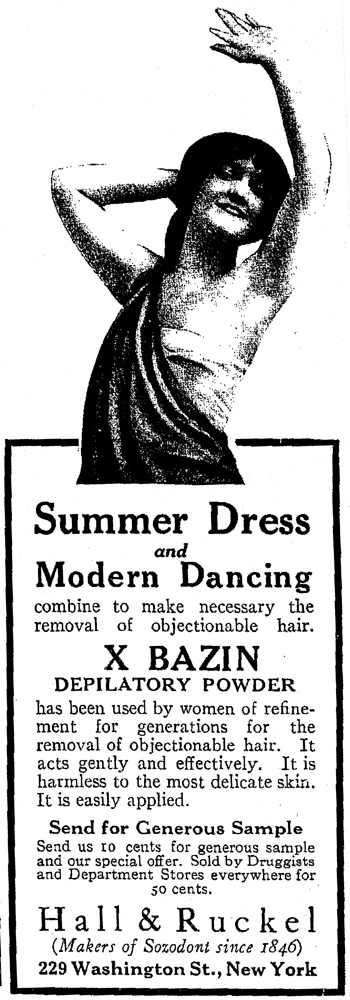Daniel F. (who has a blog here) sent us this Temptation cookie ad from Mexico, which plays on the idea that men fear independent, strong women:
Daniel’s translation:
Host: Gentlemen, what we feared has happened. You have the new Mexican woman; she is more independent and gives more importance to what she wants.
First man: But, does she cool our beers?
Host: No, never again. And that’s not all. She also wants us to take our children to the pediatrician.
Second man: What’s that?
Host: Pediatrician is the doctor for kids.
Second man: No, the other thing, “children.”
Host: Children are the little people who call us dad.
Third man: And what is that she has in her hand?
Host: This, my friends, is the new Temptation cookie, because the new Mexican woman has her pleasures without guilt and, what’s worse, she doesn’t share.
Woman: Gentlemen, I’m leaving. I have things to do.
Narrator: There’s a new woman and she has new cookies.
The ad also connects sex and food and, in fact, replaces sexual pleasure (and men) with food, a theme Jean Kilbourne mentions in “Killing Us Softly 3”–that women are encouraged to use food to replace sex or console themselves when they have romantic troubles.
It’s also interesting that the ad plays on the idea of old-fashioned Mexican men who expect women to serve them.
Thanks, Daniel!
















